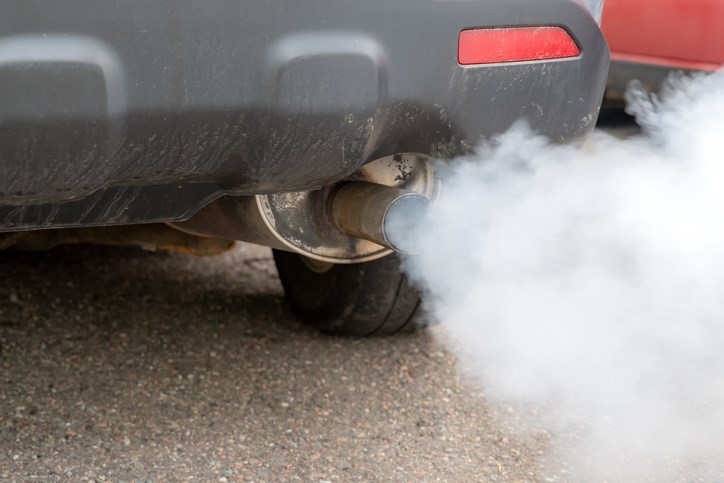The pattern has run so long it’s cast in stone now.
B.C. officials announce dramatic measures to cut greenhouse gas emissions and curb the threat of climate change.
They come with laws, fervent promises to follow up, strict targets and soaring rhetoric about the importance of the planet-saving mission.
Meanwhile, federal scientists quietly carry on measuring those emissions across Canada.
It’s a dense, technical inventory that’s hard to process. It’s such a big job there’s a two-year lag in producing it.
It doesn’t get nearly the attention that the grandiose “we’re fighting climate change” media events do. But every time it comes out the emission count goes up or holds steady, or drops marginally, in B.C. and elsewhere.
It never shows any indication B.C. is getting anywhere close to the lower targets that were proclaimed. More or less the same thing is happening all over the world.
There’s a complete disconnect between what politicians are proclaiming they will make happen, and what’s really going on.
Another chapter in that story played out again Monday. There was an hour-long news conference by Premier John Horgan and Environment Minister George Heyman and assorted supporters announcing another “stronger climate plan for a brighter future.”
At an earlier technical briefing, officials advised that the latest greenhouse gas inventory numbers were being posted on an Environment Ministry website.
The federal report says B.C. emissions grew one per cent in 2019 from 2018.
Heyman said federal scientists changed the way they count and added emissions from waste and land use that drove the tally up. And the latest plan to fight climate change was only announced in late 2018 so no immediate reductions were expected.
Fair enough. But the new inventory also says B.C.’s gross GHG emissions were higher than they were in 2007, the year the previous B.C. Liberal government started the crusade.
The Environment Ministry had to acknowledge “B.C.’s progress toward its 2030 target was –6 per cent. In other words, the province was six per cent further away from its 2030 target than in 2007.”
So the trend line through more than a decade under two governments has been a gradual increase in emissions, when all the talk was about driving a dramatic, sustained decrease.
All the urgent news conferences over those years about all the ambitious emission-fighting measures haven’t achieved much of anything in the basic measure of emissions.
Heyman fell back on the obvious defence. It’s the B.C. Liberals’ fault for not using specific measures to meet the targets.
“We saw a six-year period where there were no programs to effectively drive down emissions,” he said.
(We also saw a period of years where the NDP fought the carbon tax they are now relying on, but never mind that.)
Now the NDP has a major new plan and legislated accountability with full progress reports.
Horgan said he’s confident the targets and reporting measures will make the government accountable in the legislature for making progress, “rather than just putting them out one day and forgetting about them the next.”
He said B.C. has made outstanding progress relative to the rest of the country. “Successive governments have focused on this initiative and we have dialed it up since 2017.”
He announced another suite of measures to curb emissions. The NDP’s first phase of its plan only got three-quarters of the way to the goal of cutting emissions 40 per cent by 2030 and achieving net-zero emissions by 2050.
Measures announced Monday are supposed to make it the rest of the way to the target.
They include moving up the deadline for banning light-use gas-powered vehicles by five years, to 2035.
There will also try to cut overall kilometres driven by one-quarter in the next nine years, and increase walking, cycling and transit use by 30 per cent over that time frame.
Ten thousand public charging stations are planned by 2030 and various other steps are in the works.
Meanwhile, those anonymous inventory builders will be measuring promises, hopes and dreams against reality.
Just So You Know: Given that the count is moving in the wrong direction, there’s an intriguing line in the new report. “Sole focus on GHGs is not credible. Other key values and outcomes are considered alongside our climate goals.”





